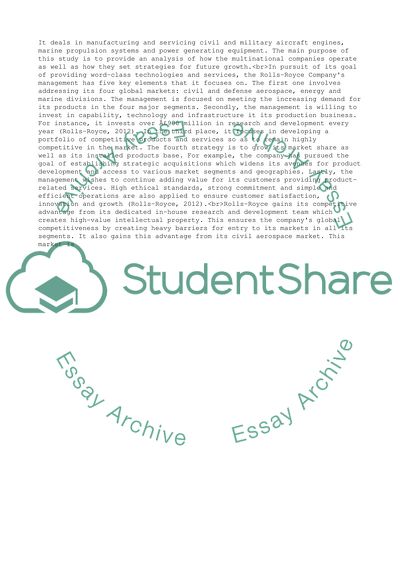Cite this document
(Not Found (#404) - StudentShare, n.d.)
Not Found (#404) - StudentShare. https://studentshare.org/business/1810991-rolls-royce-group
Not Found (#404) - StudentShare. https://studentshare.org/business/1810991-rolls-royce-group
(Not Found (#404) - StudentShare)
Not Found (#404) - StudentShare. https://studentshare.org/business/1810991-rolls-royce-group.
Not Found (#404) - StudentShare. https://studentshare.org/business/1810991-rolls-royce-group.
“Not Found (#404) - StudentShare”. https://studentshare.org/business/1810991-rolls-royce-group.


